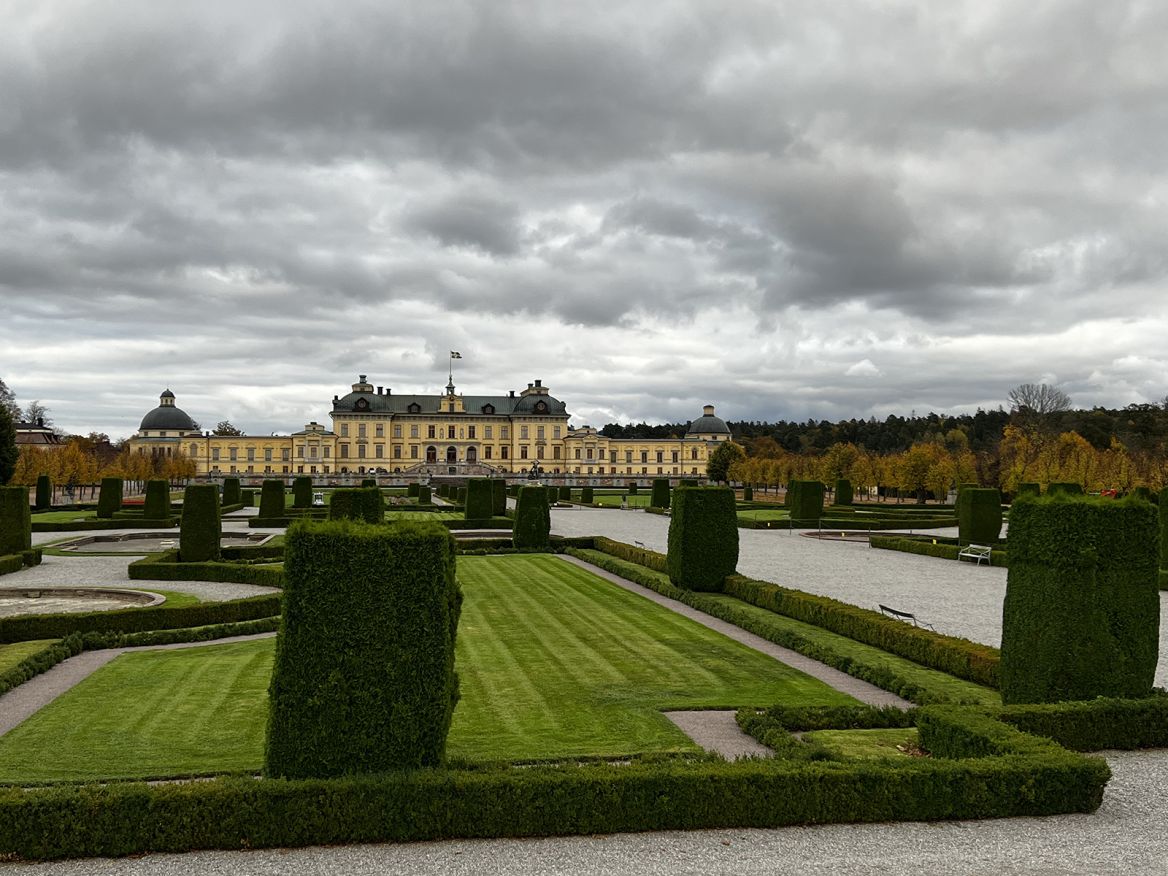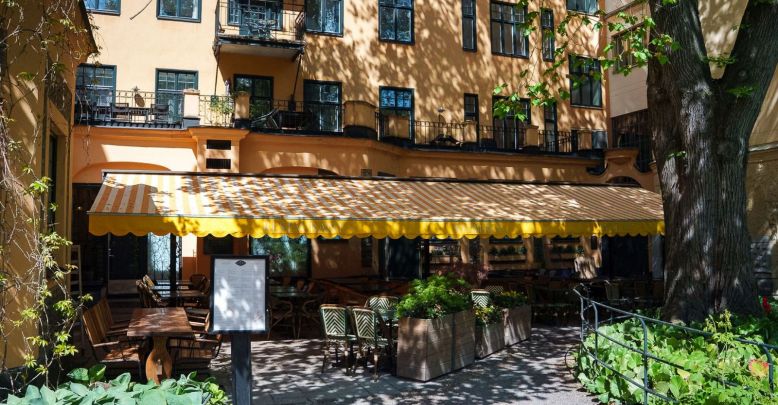- Home page
- Tourism
- Discover Stockholm
- Discover Around Stockholm
- Drottningholm
- Discover Around Stockholm
- Discover Stockholm
- Tourism
Drottningholm
Automatic translation
Luxurious, grandiose, splendid… adjectives abound to describe the imposing royal estate of Drottningholm, located on the island of Lovön, on Lake Mälaren, 11 kilometers west of Stockholm.
The best-preserved 17th century royal castle in Sweden, a true architectural feat, an exceptional work of art classified as a UNESCO World Heritage Site: Drottningholm must be visited at least once in your life! This majestic residence, today the permanent residence of King Charles XVI Gustav and Queen Silvia, has gone through time to offer us its oldest treasures. With the Chinese Pavilion, the theater and the magnificent castle park, the estate forms a unique whole to be discovered during a getaway. Lovers of castles, history and the arts, this splendid building promises you enchanting moments!
A destination of great historical interest for a day trip
The walls have their history and those of the castles even more. They are the witnesses of an era and of an invaluable know-how. Representative of the royal European architecture of the time, combining the character of a stronghold with the charms of a residential palace, Drottningholm Palace is rightly nicknamed the “Swedish Versailles”. It is indeed impossible to miss its gilding, its lounges with squeaky parquet floors, its multiple rooms mixing baroque, rococo, trompe-l'oeil and neoclassicism, its immense gardens... Let yourself be transported into the royal and magical world of one of the most beautiful castles in Sweden for a journey that will take you back in time!
Nothing could be easier to reach Drottningholm from Stockholm! The island is easily accessible by public transport all year round. Take the metro to the Bromaplan stop, then the bus to Mälaröarna (any bus number from 301 to 323 or 177-178). Between April and October, the Strömma shipping company makes the crossing to Drottningholm from the quay of Stockholm Town Hall (Stadshusbron) in one hour for 250 SEK (one departure per hour, on time). Passengers board the historic ships M/S Angantyr, M/S Prins Carl Philip or the S/S Drottningholm steamboat and let themselves be lulled by the lapping of the water as they gaze out over beautiful Lake Mälaren. Depending on the time of departure, lunch or dinner is served on board for travelers wishing to eat!
sponsored content
Drottningholm Slott: Hhstory and elegance of the Palais du Domaine Royal
In Swedish "Drottning" means "queen", and "holm" means island in old Swedish. Drottningholm therefore designates "the queen's island". Nothing too surprising: it was given as a wedding gift to Princess Louise Ulrique of Prussia when she married the heir to the Swedish throne, Adolphe Frédéric, in 1744.
A bit of history to begin with… The present-day Drottingholm Palace was built on the site of a first building dating from 1579 which burned down in a destructive fire in 1661. Queen Hedwig Eleonore of Holstein-Gottorp decided to rebuild the castle in the glory of Sweden, then a great power in the Baltic at the end of the 17th century. The architect Nicodemus Tessin the Elder, followed by his son Nicodemus Tessin the Younger, was inspired by the Dutch and French neoclassical styles very popular at the time. It will be enlarged later by Queen Louise Ulrika who receives this castle as a wedding gift. She then arranged the interiors by adopting the French Rococo style in vogue in 1750. Many royal figures have left their mark on the palace since then. During the 18th century, Drottingholm Palace fell into oblivion and major restoration work was needed to restore it to its former glory. Drottningholm Palace is the first Swedish site to be inscribed on the UNESCO World Heritage List in 1991.

sponsored content
Visit of the Palace, interiors and gardens
You will be struck by the grandeur and majesty of the place when you arrive. The Royal Estate of Drottningholm is a collection of exceptionally well-preserved gardens and buildings with original interior furnishings. Used for summer entertainment and recreation from the Baroque period to the present day, this space includes Drottningholm Palace, Palace Theater, Chinese Pavilion, Canton village, Gardens and part of Malmen.

The palace has been the permanent residence of the current royal family since 1981. The rooms in the southern part of the palace are reserved for its members, but the castle and the park remain open to the public for most of the year. The great hall with its busts of Roman emperors, goddesses, false reliefs and trompe-l'oeil, the sumptuous baroque style room of Eleonora, the room of Oscar II, the reception room, are among the remarkable pieces of the castle interiors. The library, designed by architect Jean-Eric Rehn, is also an example of refinement and exceptional know-how.
The Chinese Pavilion is a surprising building, reflecting the orientalist trends that affected Europe at the end of the 18th century. Built by Louise Ulrika from 1769, this small French Rococo style palace is adorned with Chinese-inspired decorations.
The park of the castle is a true work of plant art. Its gardens are a major attraction for visitors: a Baroque garden and an English garden created at the end of the 17th century, under the direction of Hedwig Eleonora.
Another curiosity, the Castle Church was built by Nicodemus Tessin the Younger who completed the design imagined by his father.
What else to see in Drottningholm?
Drottningholm Palace Theater (Drottningholm Slottsteater)
Theaters are among the most majestic buildings in the world, sometimes constituting works of art on their own. The Drottningholm Palace Theater (Drottningholm Slottsteater) is Europe's best-preserved 18th-century theater. This timeless place, built in 1776, is the only one in the world to still regularly use the original stage machinery and removable papier maché sets. The theater offers guided tours and performances during the summer season. It also hosts an Opera Festival during the summer where baroque operas by Haydn, Händel, Gluck or Mozart are played. The capacity of the hall is 400 spectators, guaranteeing an intimate and exclusive experience of these historic places.
sponsored content
OUR OTHER CITY GUIDES IN EUROPE







